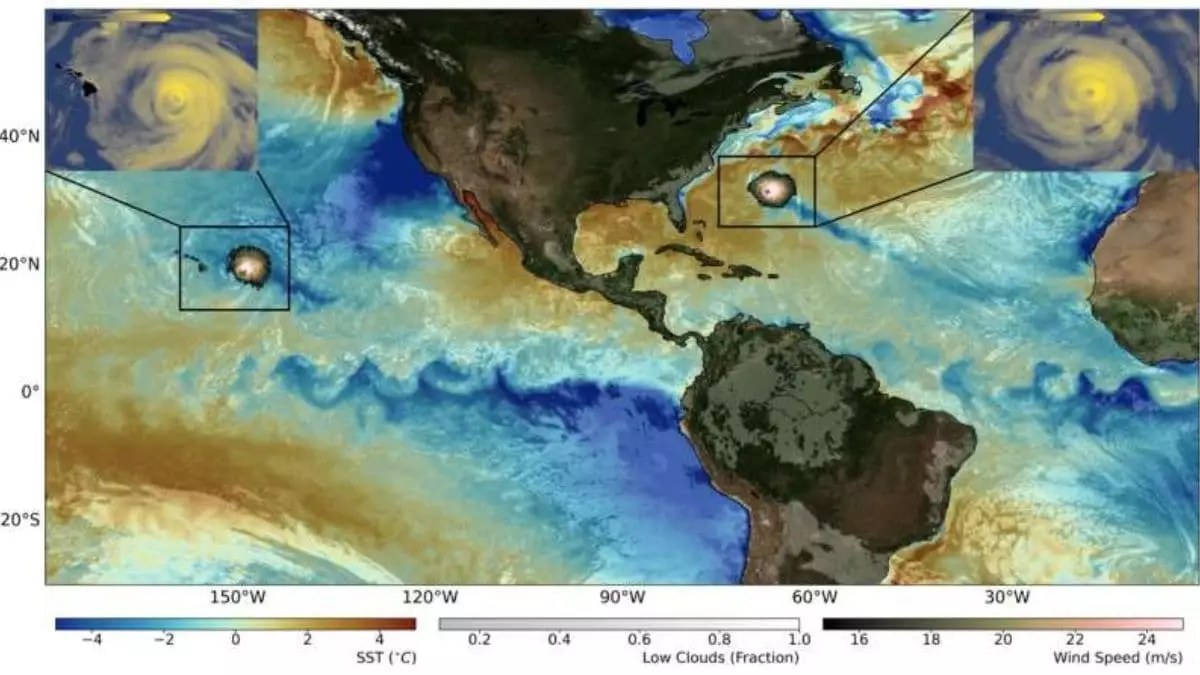While recent advancements in climate modeling seem promising, they often serve as a double-edged sword. Enhanced resolution and regional specificity, though invaluable, reveal a stark truth: our previous models have grossly underestimated the severity and volatility of climate change. The shift from broad, generalized forecasts to hyper-local predictions exposes how fragile and unprepared our current systems truly are. Instead of providing reassuring predictions, these refined tools underscore the chaos looming just over the horizon—more extreme weather events, unprecedented regional fluctuations, and the terrifying acceleration of warming, especially in vulnerable regions such as mountain ranges and Arctic zones.
The Stark Reality of Regional Disasters
The new research clearly indicates that certain areas will bear the brunt of climate upheaval with brutal intensity. Mountain ranges like the Himalayas, Andes, and Hindu Kush are projected to heat up at rates almost half again as fast as the global average, pushing ecosystems to their breaking points. Arctic regions, once considered the canaries in the coal mine, may experience temperature rises of up to 2°C even when the global average creeps up by just 1°C. Such disparities threaten global stability, as these areas are critical to Earth’s climate regulation and global food and water security. Equally concerning is the predicted increase in climatic oscillations—El Niño and La Niña—both poised to become more frequent and destructive, triggering a cascade of catastrophic events like floods, landslides, and droughts that will devastate densely populated, environmentally fragile regions.
The Illusion of Preparedness and the Need for Urgency
These scientific revelations essentially cast doubt on humanity’s current preparedness. The civilization-building efforts for renewable energy, disaster management, and water resource planning are still in their infancy relative to the scale of impending change. The interactive climate maps are a commendable step towards localized, actionable insights; however, they also starkly highlight how inadequate global policy response has been. If anything, the granularity offered by these models should be a wake-up call—yet, the bleak truth remains that many governments and corporations are still dragging their feet, dismissing climate change as a distant problem instead of recognizing the chaos impending if we continue down this reckless path. Our best hope hinges on immediate, coordinated action that acknowledges the escalating complexity and intensity of climate phenomena, rather than relying on outdated, broad-brush strategies. Only then can we begin to mitigate the worst effects of what appears to be an unstoppable tide of environmental upheaval that threatens to override human resilience.

Leave a Reply